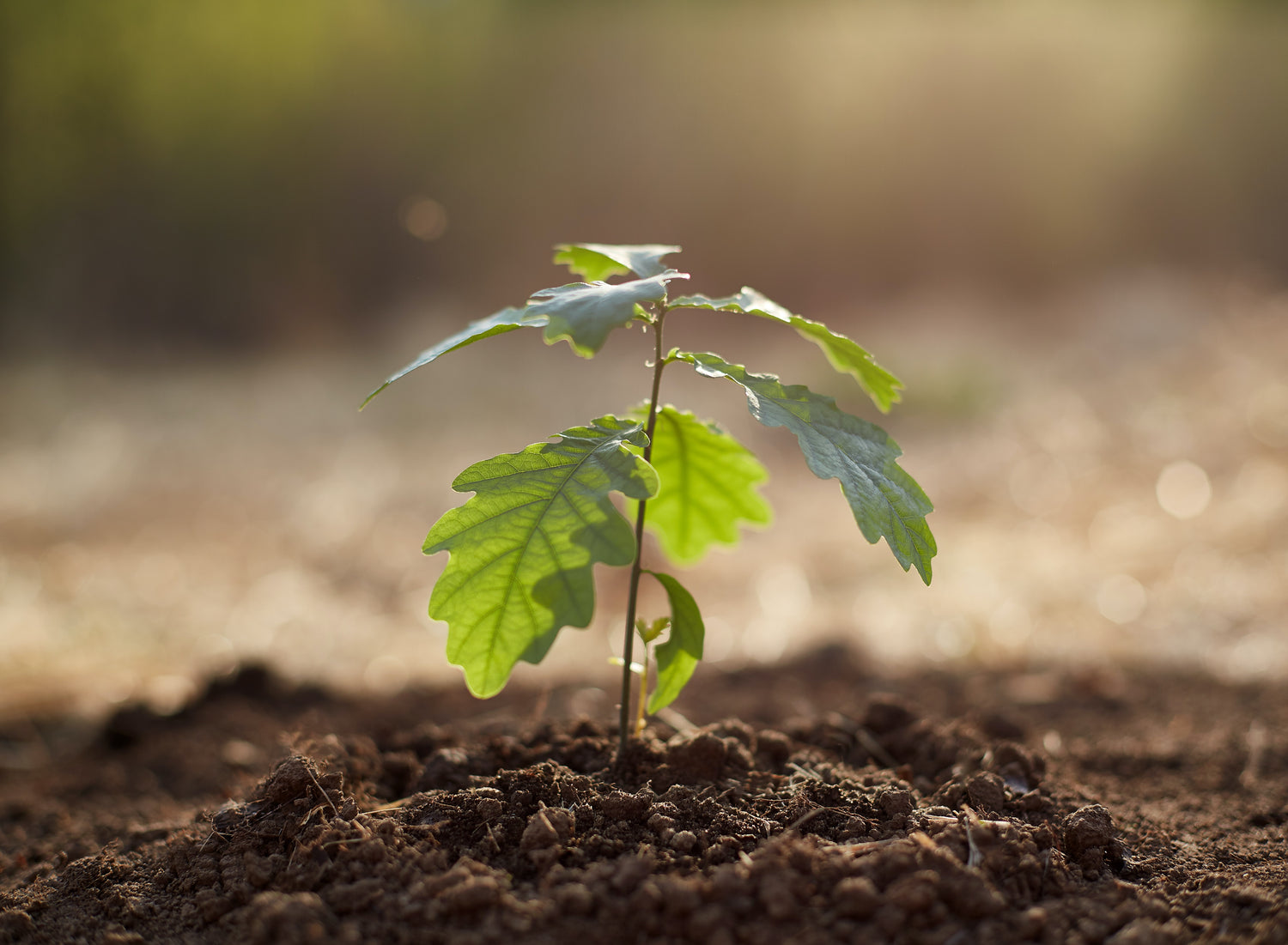Nature has given us an abundance of stunning and versatile materials, and both wood and cork have long graced our homes and products. But in today's climate-conscious world, where every choice resonates with the planet, we're increasingly scrutinizing the environmental impact of our materials. Here, we'll unlock the hidden eco-secrets of cork and wood, pitting them against each other in a friendly showdown to determine the true champion of sustainability.
Round 1: The forest footprint
Wood: The grand old champion, wood has served us for centuries. However, its extraction often casts a long shadow. Deforestation disrupts ecosystems, erodes biodiversity, and diminishes crucial carbon sinks. Moreover, traditional wood harvesting can contribute to soil erosion and water pollution. While sustainable forestry practices exist, they struggle to keep pace with global demand.
Cork: Enter the underdog, cork. Harvested from the bark of the majestic cork oak, this renewable resource thrives on gentle extraction that doesn't harm the tree. In fact, regular harvesting encourages the tree to produce thicker bark, making it even more efficient at capturing carbon dioxide and supporting a vibrant ecosystem. Cork oak forests hold more biodiversity than wood-based ones, further bolstering their environmental credentials.
Round 2: The manufacturing matchup
Wood: Traditional wood processing involves heavy machinery, chemical treatments, and often, significant energy consumption. These processes release greenhouse gases and pollutants, leaving a hefty environmental footprint. Additionally, wood often requires further treatments for water resistance and durability, adding to the chemical burden.
Cork: Ah, cork's stealthy advantage! Its natural composition requires minimal processing. The harvested bark undergoes a simple boiling process, releasing only trace amounts of emissions. Its inherent water resistance and anti-microbial properties eliminate the need for harmful chemicals, leading to a cleaner and greener manufacturing process.
Round 3: The lifecycle legacy
Wood: Once a product reaches its end-of-life, its fate rarely aligns with environmental goals. Treated wood can pose disposal challenges, often ending up in landfills. Even untreated wood decomposes slowly, potentially releasing harmful substances.
Cork: Here, cork rises above the rest. Biodegradable and compostable, it gracefully returns to the earth, enriching the soil and leaving no toxic traces. This means your love for cork doesn't burden future generations.
Round 4: The performance perks
Wood: Wood's undeniable beauty and diverse applications are well-known. However, its susceptibility to moisture, pests, and fire can require additional treatments, impacting its eco-friendliness. Durability also varies, with certain wood types needing frequent replacements, increasing resource consumption.
Cork: This lightweight wonder packs a punch! Naturally water-resistant and fire-retardant, it requires minimal upkeep and offers inherent protection against pests. Its durability exceeds expectations, with cork products lasting for generations. For instance, cork floors can grace your home for decades, requiring minimal care and leaving a smaller environmental footprint compared to frequent wood replacements.
Round 5: The silent underdog vs. the traditional insulator
Wood: Wood serves as a natural insulator and its insulating ability depends on its density and the direction of the grain, which can be inconsistent. While wood is often used in construction for its insulating properties, cork offers a more efficient solution with a smaller environmental impact. When used as insulation, wood typically requires additional layers or treatments, which can again introduce environmentally harmful factors into its lifecycle.
Cork: The cellular structure of cork, composed of tiny, sealed air pockets, not only makes it buoyant but also an exceptional insulator. This structure allows cork to absorb sound waves, making it an ideal material for soundproofing rooms and reducing noise pollution. Additionally, cork's insulation properties are beneficial for temperature regulation. In buildings, cork insulation can significantly reduce energy consumption for heating and cooling, leading to a lower carbon footprint over the building's lifetime.
The verdict
While wood remains a beloved material, cork, the silent eco-warrior, emerges as the clear winner in this sustainability showdown. Its renewable nature, minimal footprint, and impressive performance make it the champion for a future where beauty and responsibility go hand-in-hand.
Join the cork revolution
At cork-o, we're passionate about bringing you eco-friendly cork products that leave a lighter footprint on the planet. From notebooks and toys to yoga mats and other accessories, explore our curated collection and embrace the natural wonder of cork.
Check out our products in store and contact us for our B2B catalogue.
Let's rewrite the story of sustainability, one cork product at a time.









